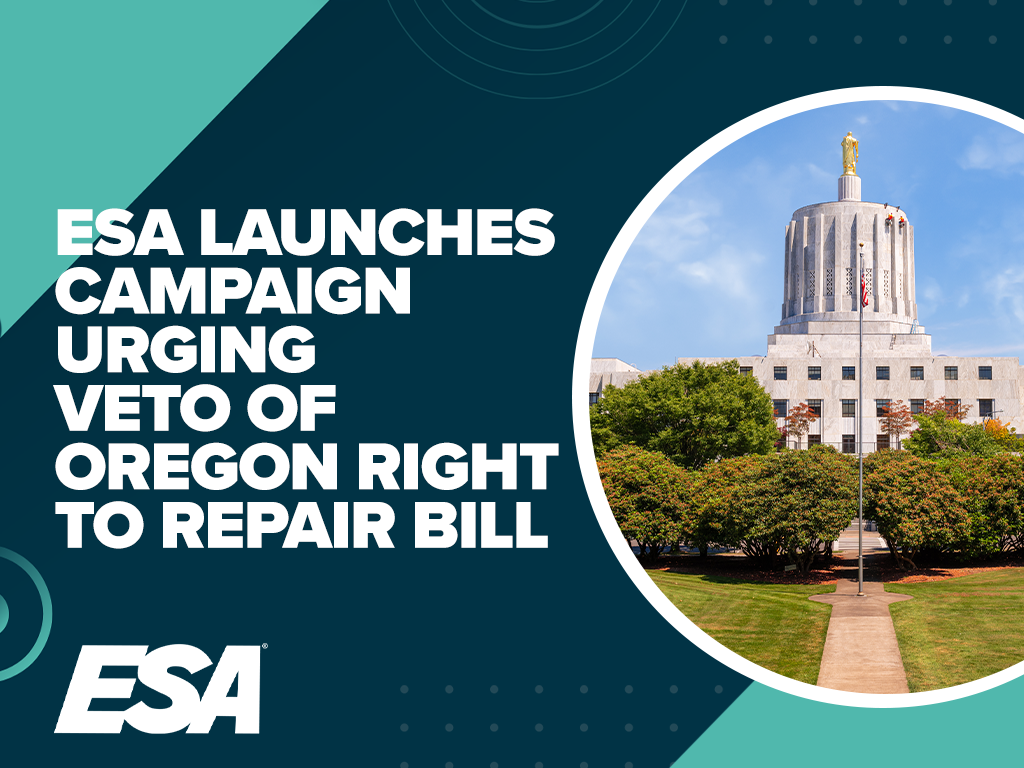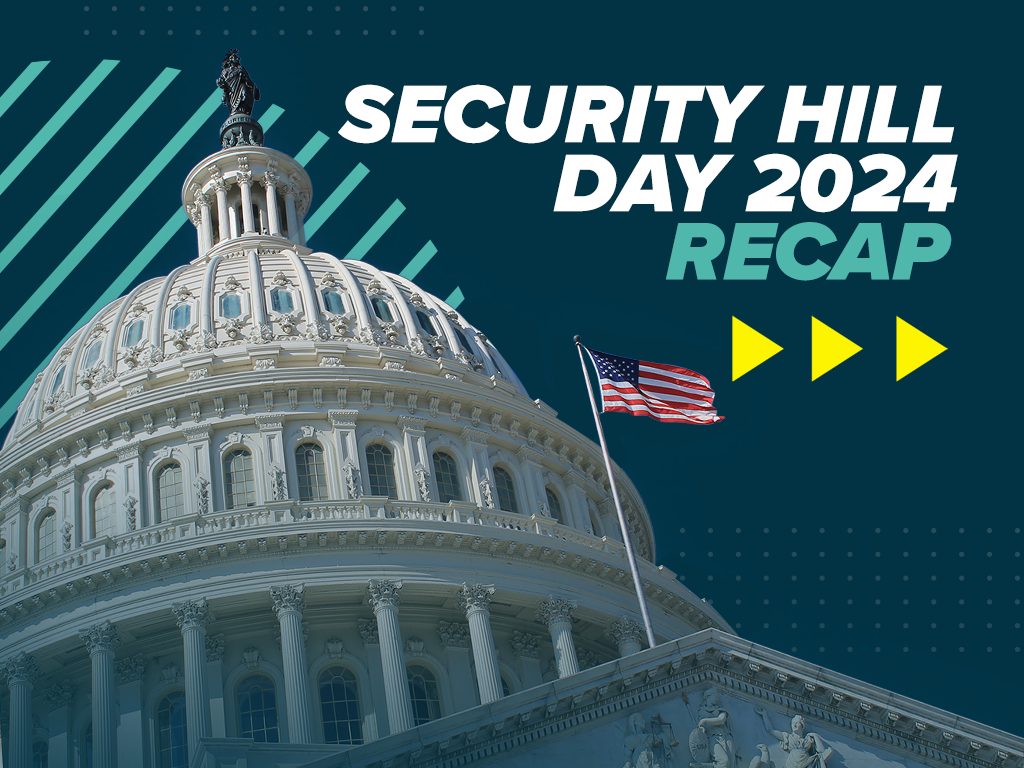ESA Files Comments to DOL in Support of Revised “Joint Employer” Definition

On April 9, 2019 the U.S. Department of Labor (DOL) published a Notice of Proposed Rulemaking (NPRM) seeking public comments on proposed rule changes designed to provide more clarity on the circumstances that create a “joint employment” relationship between employers and employees under the Fair Labor Standards Act (FLSA), which has not been significantly revised for over 60 years.
ESA submitted comments in support of the NPRM.
When the FLSA was passed back in 1939, a bulletin was written to provide guidance on the circumstances under which employers must pay overtime and minimum wages to employees.
It contemplated the situations that involve employers who jointly arrange to hire an employee to perform specific work.
For instance, if two factory owners jointly hire a security guard to patrol their adjoining premises, they could not avoid the wage and hour laws by claiming the employee was only working part time for each employer, thus avoiding wage and hour laws on full-time employment.
In 1958 the DOL codified the rules on joint employment and addressed far more complicated circumstances under which a joint employment situation could exist.
Court cases and National Labor Relations Board decisions tried to further refine the circumstances under which joint employment conditions existed and in recent years, the issue has become even more complex due to conflicting circuit court cases that have broadened the conditions for joint employment.
The current NPRM would provide a four-factor balancing test that stems from a Ninth Circuit decision titled Bonnette v. California Health & Welfare Agency.
Factors Would Assess Whether the Proposed Joint Employer:
• Hires or fires the employee;
• Supervises and controls the employee’s work schedule or conditions of employment;
• Determines the employee’s rate and method of payment, and
• Maintains the employee’s employment records.
The NPRM differs in one important aspect from the Bonnette decision in the first factor. In the NPRM, it provides that actual control over hiring and firing is needed, not the hypothetical power to hire or fire an employee.
With these proposed changes to the regulations, employers who hire subcontractors to fulfill segments of their operations have a clearer view of the circumstances that could lead to joint employment liability.
They will also be able to apply these criteria to their operations anywhere in the country without concern for differing rules based on the jurisdiction due to conflicting circuit court decisions.
To read the comments submitted to the DOL, click here.




